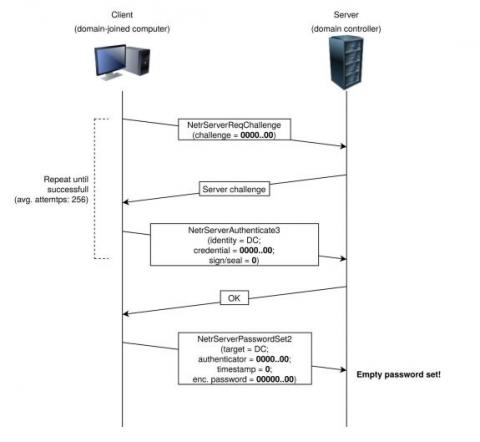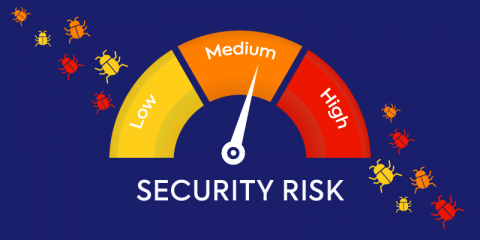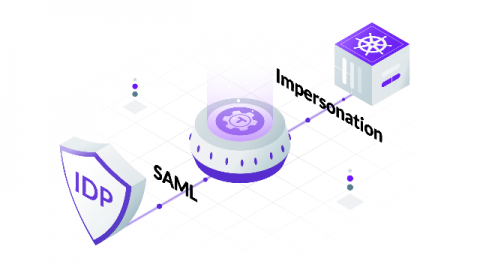Guide to SQL Server Permissions
For anyone managing a SQL Server database, understanding permissions is critical to ensuring that only authorized users are able to view and modify data. This article explains the different types of SQL Server permissions, including server-level and database-level user permissions, and provides guidance on how to manage them.










